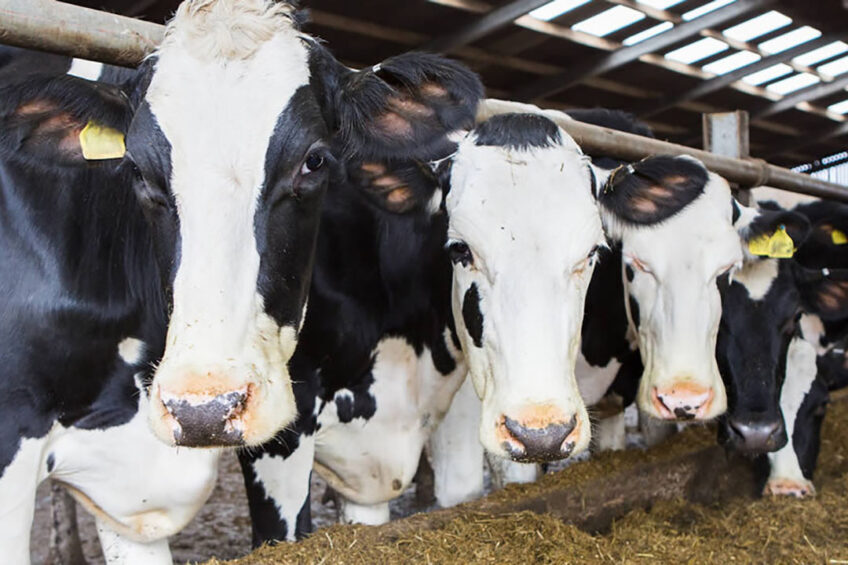5 things the dairy farmer can do to combat heat stress

Now in the summer months, temperatures can tip the scales at well over 30°C in parts Europe. Dairy farmers are being warned of the high risk of heat stress in cattle, with potential for a significant impact on performance and fertility.
“While we have seen extremes lately, cattle can be affected by heat stress at far lower temperatures than those recently experienced,” explains KW ruminant technical manager, Charlotte Ward in a press release.
“Crucially, fertility can be affected well before cows show any behaviour of heat stress, or before production is impacted,” she adds.

According to the press release, Ward advises to take precautionary steps to minimise the risks, preparing five ‘top tips’ to help guide the dairy farmer:
1. Provide adequate drinking water
At least 15% of the herd should be able to drink at the same time, so allow for adequate trough space. Also, check refresh rates and watch cows in the afternoon when water points are under pressure. Cows drink between 60-120 litres per cow, per day, so provide fresh, clean water to encourage intakes.
 How to… ensure optimal water supply How to… ensure optimal water supply Water is vital. Cows should have easy access to water at all times. Providing water should be based on the cows requirement on the hottest days. The right access factors to water is paramount. But what factors should be looked at? Find out here… |
2. Apply careful herd management
Reduce stocking density where possible and make sure shading is available for grazing animals. Consider grazing at night.
3. Adopt building management procedures
Opening vents or shed sides can improve ventilation, being sure to clear away anything blocking airflow. Carefully consider the placement of fans.
4. Adjust feed management
Mix rations just before feeding out, so feed is always fresh. Adjust volumes if required and clear away refusals. For housed cows, feed 60% of the ration between 8pm and 8am.
5. Change ration formulations
Dry matter intake is reduced in periods of heat stress, so to maintain the cow’s nutrient intake, the nutrient density of the diet needs to be increased, and the ration made as palatable as possible.
KW advises feeding high quality forages or high energy forage replacers, and to feed a greater ratio of concentrates to forage, as part of a carefully planned ration formulation.
“Forage produces seven times more heat than concentrates,” explains Ward, “but ensure a good quality digestible fibre source such as sugar beet feed or soya hulls is fed to maintain rumen health.
“Your nutritionist can advise on the best ways of achieving the desired ration formulation and getting best results. For example, introducing liquid or moist feeds such as Brewers Grains as a forage replacer, will also improve palatability, drive intakes and reduce sorting.”
Source and for more info: KW alternative feeds
Join 13,000+ subscribers
Subscribe to our newsletter to stay updated about all the need-to-know content in the dairy sector, two times a week.










